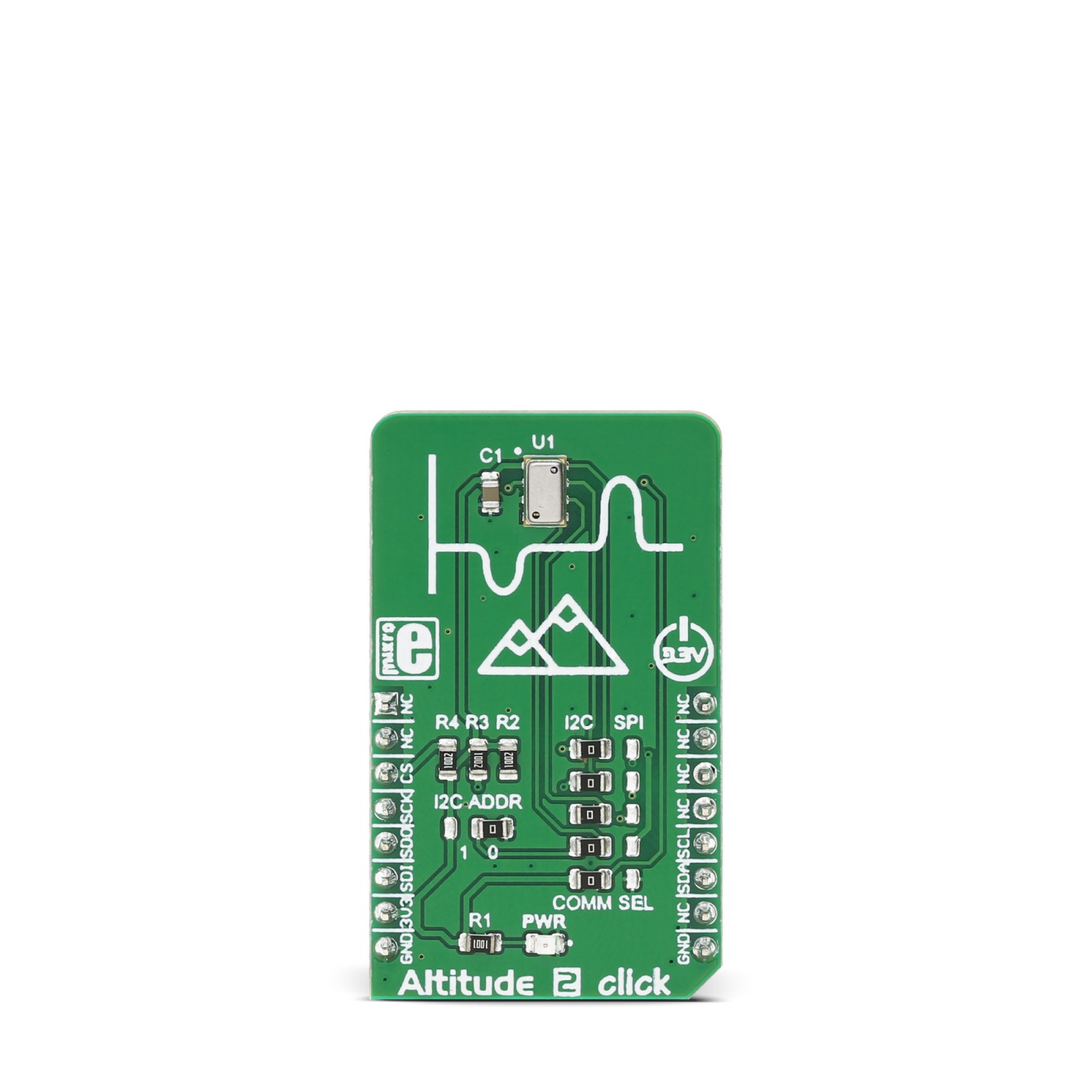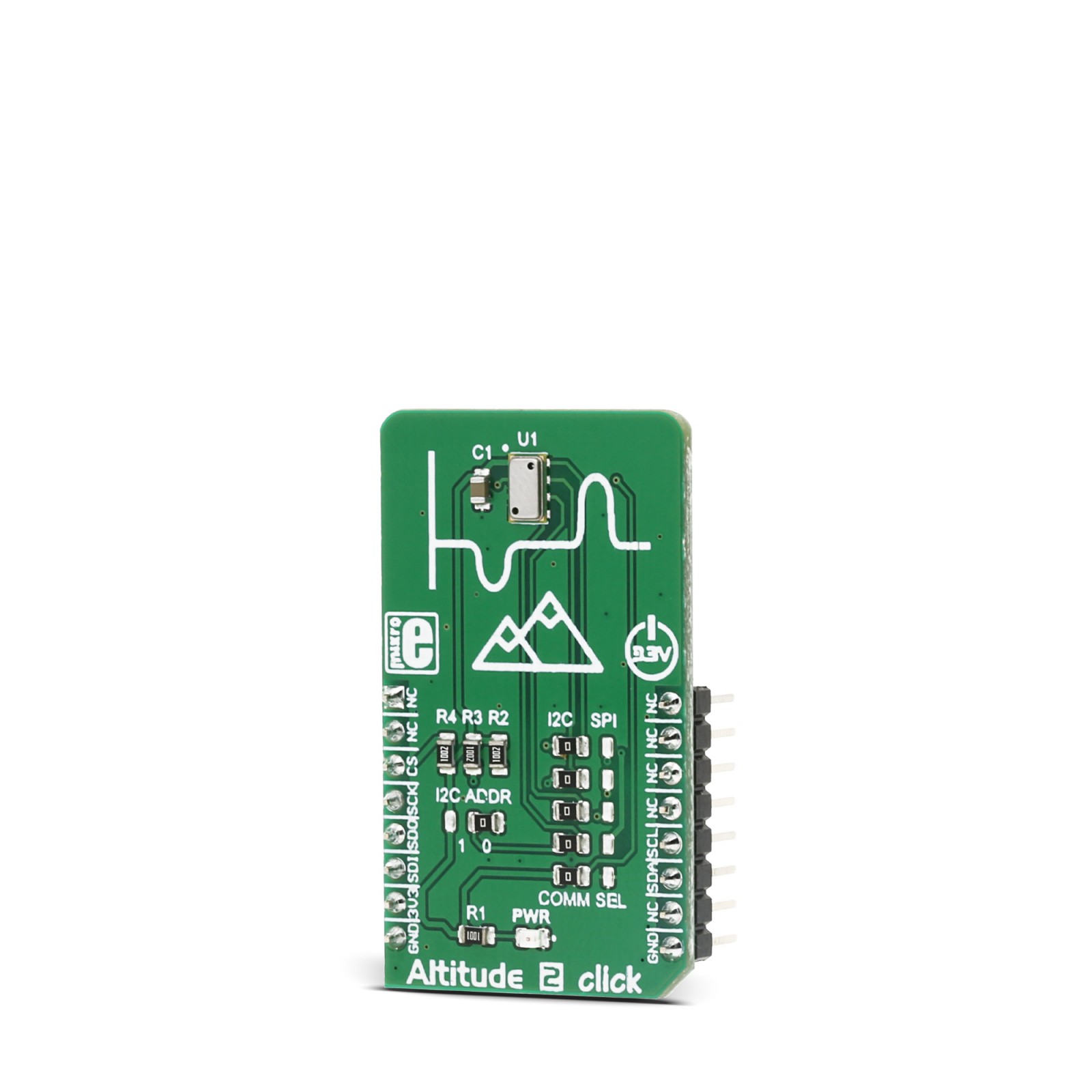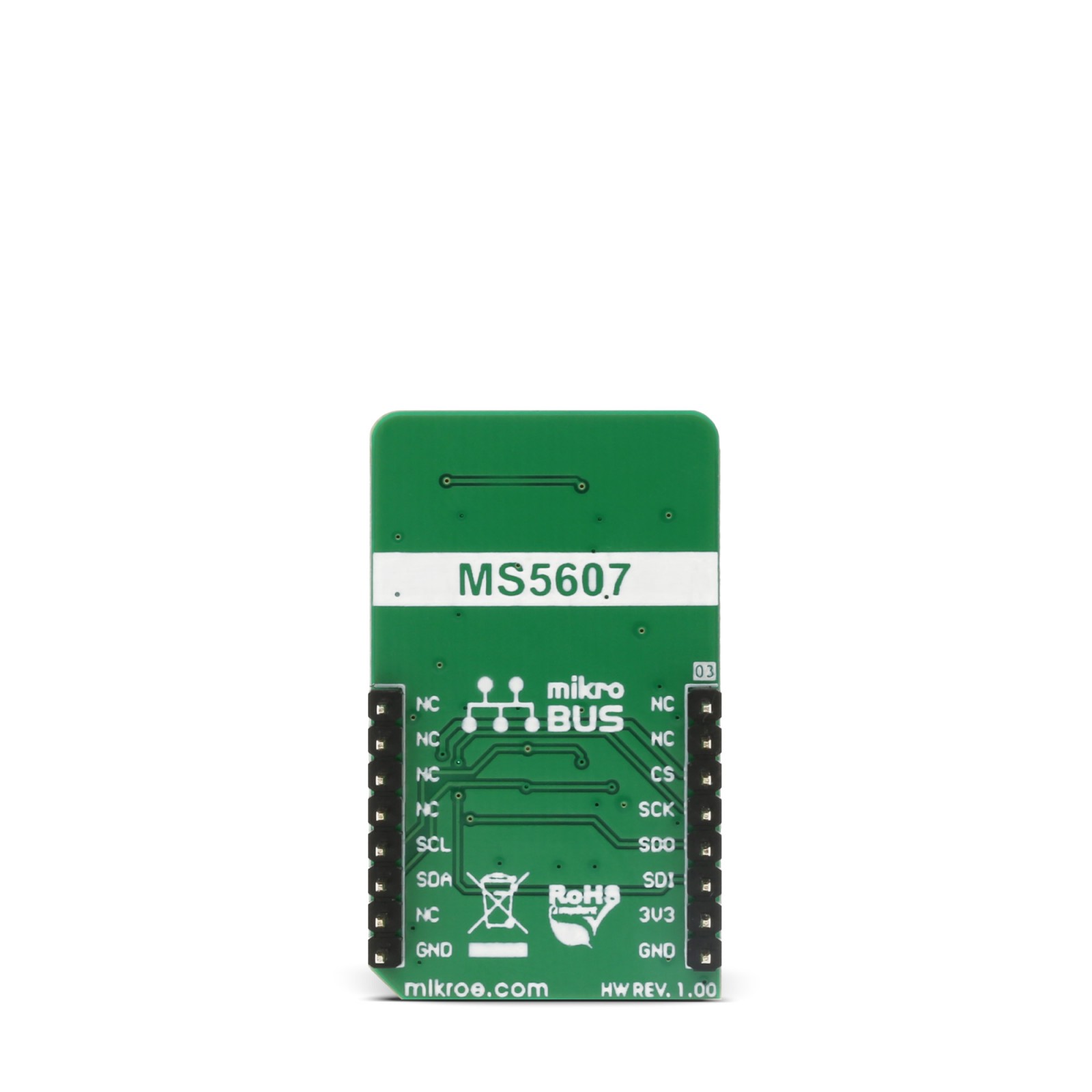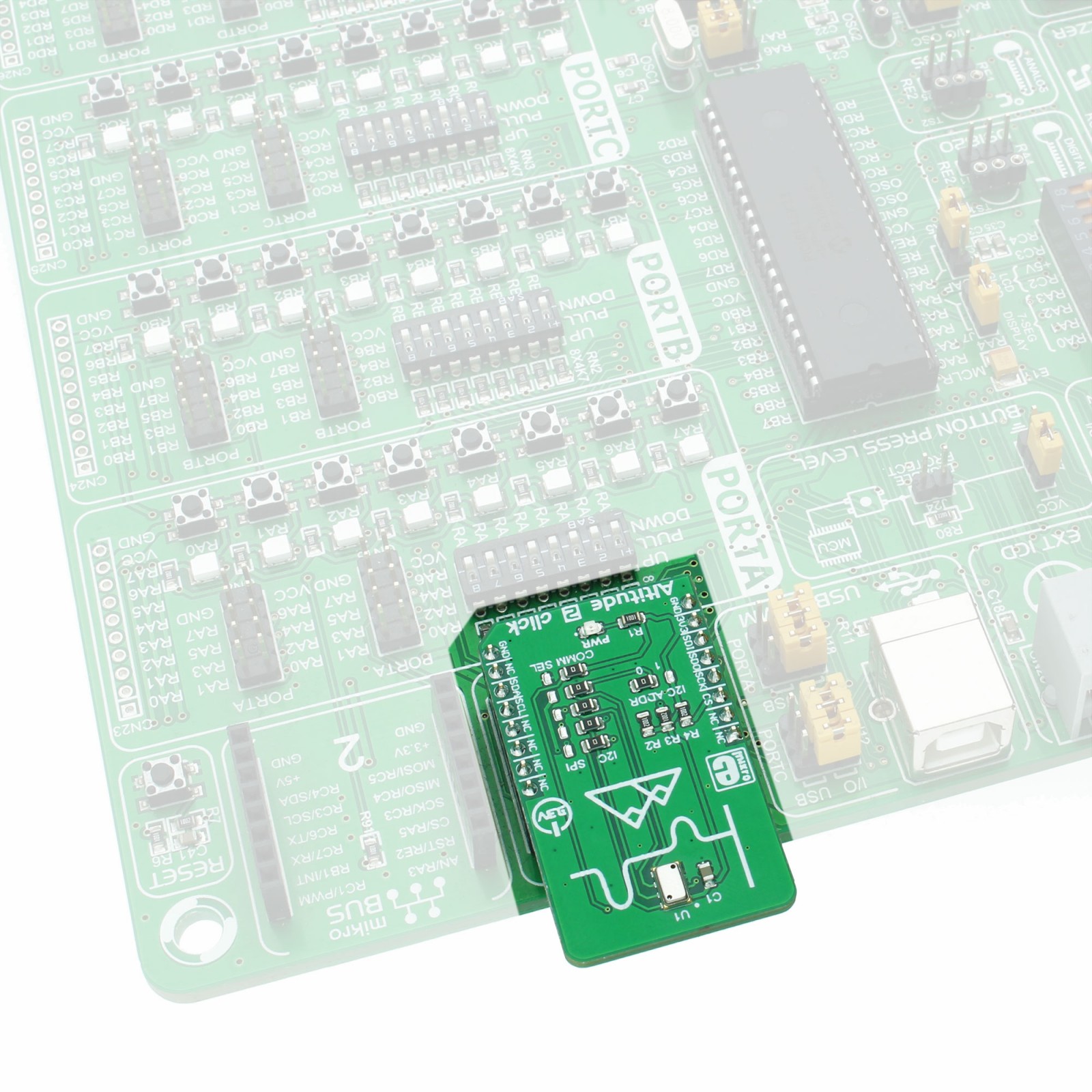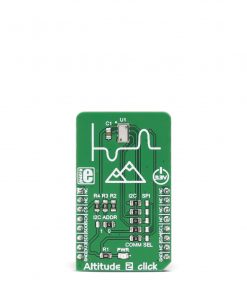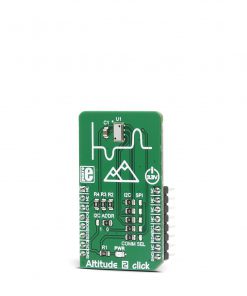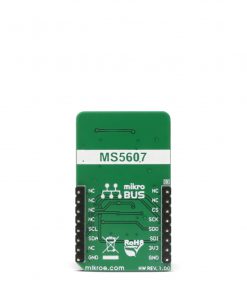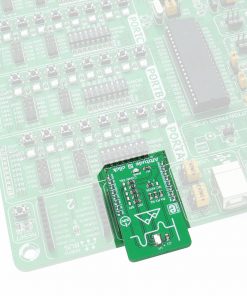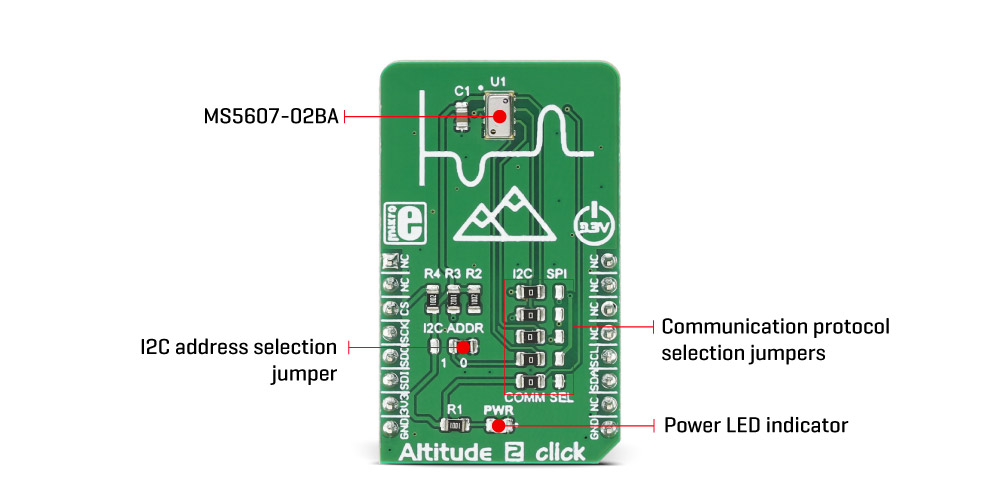-
×
 Alcohol 3 Click
1 × R710.00
Alcohol 3 Click
1 × R710.00 -
×
 Accel Click
2 × R355.00
Accel Click
2 × R355.00 -
×
 WiFi Plus Click
1 × R2,250.00
WiFi Plus Click
1 × R2,250.00 -
×
 ccRF2 Click
1 × R800.00
ccRF2 Click
1 × R800.00 -
×
 HYDROGEN Click
1 × R335.00
HYDROGEN Click
1 × R335.00 -
×
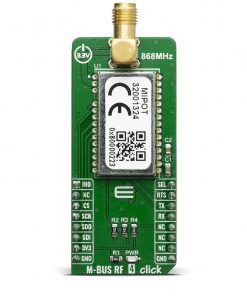 M-BUS RF 4 Click
1 × R1,050.00
M-BUS RF 4 Click
1 × R1,050.00 -
×
 MPU 9DOF Click
1 × R550.00
MPU 9DOF Click
1 × R550.00
Subtotal: R6,405.00

